Norman Foster sits in his foundation’s offices in Madrid discussing the British government’s cancellation of the planned high-speed line between Birmingham and his home city of Manchester. He is annoyed by the decision. The subject even brings out his Mancunian accent.
Omitting this phase was tantamount to “cancelling what would have been the greatest leveling equalizer”, says Britain’s leading architect. “A total lack of foresight. That is the quality of decision-making.”
Didn’t critics claim that the project would save very little travel time?
“HS2 wasn’t about moving an elite around the country and saving a few minutes,” he says. “It was about taking the pressure off the existing networks so they could serve better regionally in terms of shorter journey times. It was short-term thinking in favor of building more roads and consuming more countryside and more potential for urban expansion.”
Lord Foster – Baron Foster of Thames Bank – is 88. He is thin, spry, eager to debate and deeply concerned about cities: how to improve them and the lives of the people who live in them. He is speaking at the launch of the Norman Foster Institute for Sustainable Cities, an offshoot of the Madrid-based foundation he founded in 2017. He shows no signs of stagnation, despite having just organized a symposium and event late last night for over 100 years.
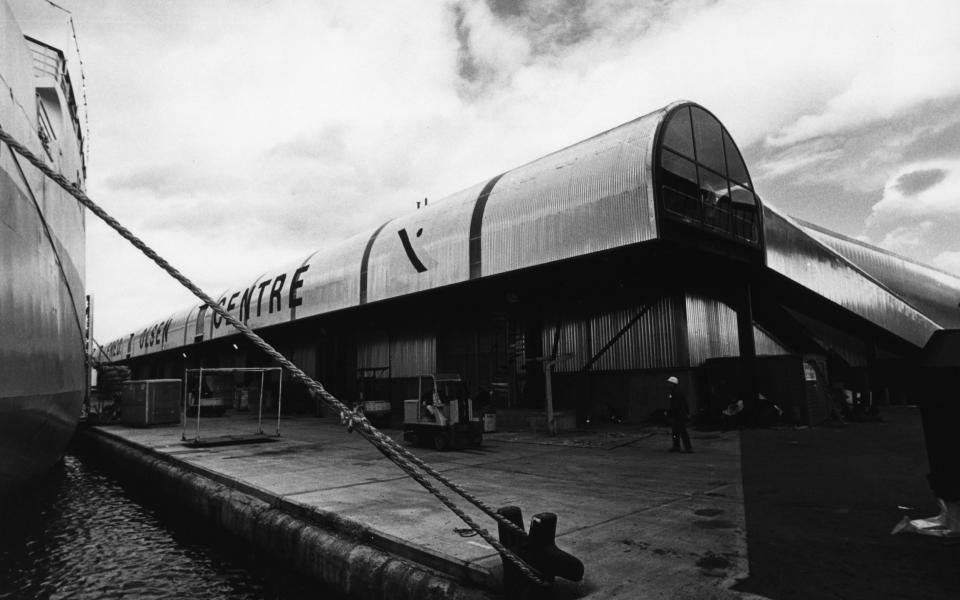

Foster has retreated to an outbuilding – minimalist and pristine – of the former ducal palace that houses his foundation, behind a gate on a quiet side street. His connections to Madrid run deep – he has a house here and his wife, Elena, a publisher and now vice president of the foundation, is Spanish.
Foresight is his concern. “Sustainable” may be a fashionable term, but Foster’s use of it is more than greenwashing. The institute will be a technical master’s program to train future societal leaders in making evidence-based decisions. Scientists from around the world – architects, computer scientists, engineers, data analysts – will develop “a new model for cities” by working on problems common to many, such as transportation, climate change, energy supply, governance and economic innovation. “The environment is too important to be left to architects.”
Foster’s focus is on the global future. Foster describes cities as “our greatest invention,” which he says is responsible for 90 percent of global wealth creation. But they are also under pressure from forces such as urban migration, population growth, housing shortages and climate change.
“We need to create the equivalent of 17 new homes in Madrid every year for the next 26 years,” he says (or, as his foundation calculates, more than 111 million new homes per year). “How enlightened or otherwise do we want to be [civic leaders] are?”
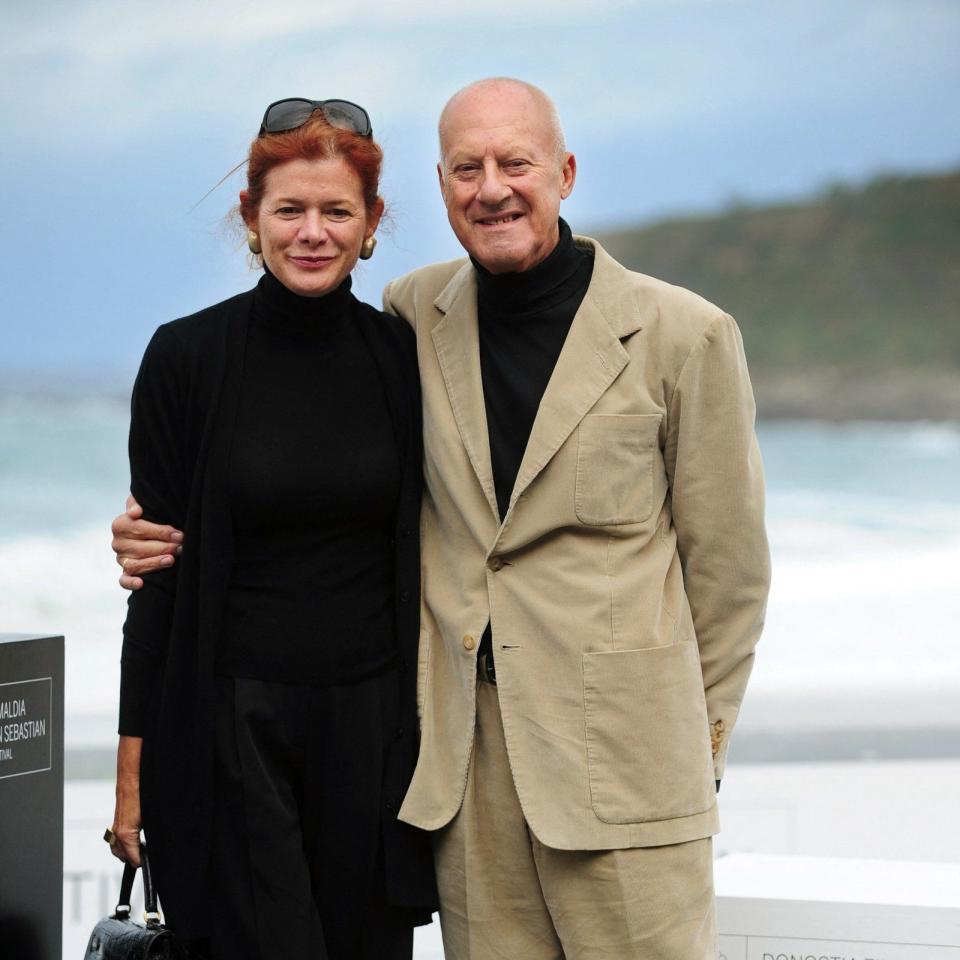

It’s a typically daring project for an architect whose practice is responsible for some of the most prestigious buildings in the world: Apple’s headquarters in San Francisco, The Gherkin, Beijing International Airport, the Reichstag in Berlin. They are all different, but share a Foster-esque aesthetic, an atmosphere of optimism and excitement with an emphasis on space and light. Despite the fame and fortune these constructions have brought him, what he finds most interesting is ‘what happens between buildings’ – perhaps a legacy from his modest early life.
Foster was born in Reddish, Stockport in 1935. His father was a machine painter; his mother worked in a bakery. He came to architecture through a circuit; Like many from working-class families who completed grammar school at that time, he left at the age of 16. He took a clerical job at Manchester Town Hall, where he describes being impressed by Alfred Waterhouse’s Victorian Gothic Revival spectacle.
After serving in the RAF, he started working as an assistant at an architectural firm and set his sights on vocational training. He successfully applied to Manchester University’s architecture school, but was offered a lower qualification because he did not have an A-level. “Then I went to [the city council’s] education department, but they said we can’t give you a scholarship because you don’t get a degree. So I was in a catch-22.”
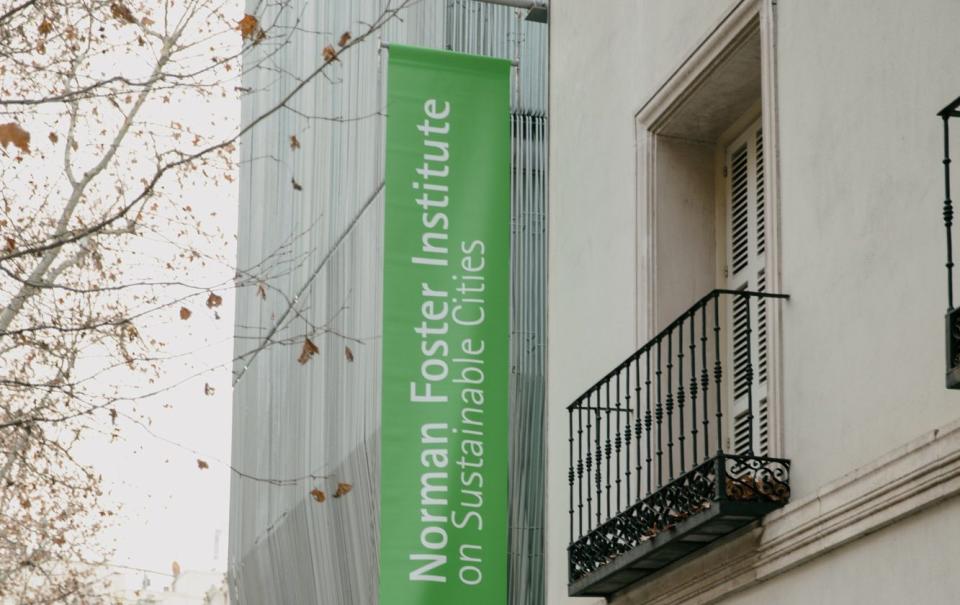

He financed the education himself with part-time jobs – at a garage, a bakery – while fellow students concentrated on their studies. “I had very supportive parents, I lived at home and I worked.” He believes that the current flexible admissions systems would have served him better; such social mobility “would be much easier now”.
An excellent student, Foster moved to Yale in the early 1960s, where he met the late Richard Rogers with whom, along with Su Brumwell and Wendy Cheesman, he founded Team 4, a short-lived but innovative British practice, before founding Foster + Partners in 1967. .
At university he discovered that architecture was about “designing a high-rise building and then giving it to an engineer to make it work”. He was more interested in “the essence of a city… the way buildings create public spaces.” He was inspired by university quadrangles, from the Campo in Siena, the Royal Crescent in Bath. “I am a passionate traditionalist for the street, the square, the preservation of the countryside, by learning from tradition and history.”
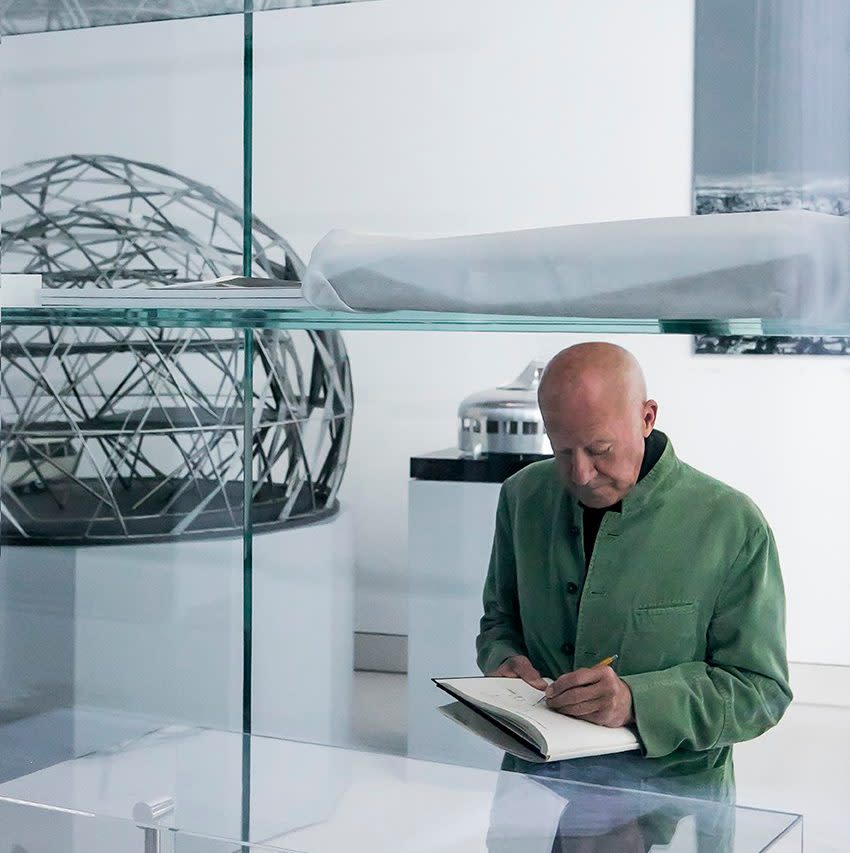

What does he make of the view that much modern urban development is sterile – what the authors of Living with Beauty, the UK government’s 2020 regeneration report, called “boring, clumsy and placeless” buildings? Blandness, he says, is a failure of planning. “If you plan well and involve the community, which we can do very effectively now, you can create the most desirable environments.” He fears London is likely to become “repetitive” unless decision-making improves.
“London in many ways rides on the legacy of an extraordinary background of good planning,” he says. “The Abercrombie plan at the height of World War II, with its promotion of neighborhoods and its strengthening of the green belt, served extremely well.”
For all his talk of sustainability, some critics see contradictions in Foster’s environmental activism and his penchant for large-scale development, especially airports. But he sees no paradox. “The movement of goods, people and information is interconnected in terms of air, land and sea,” he says.


“It is impossible to single out one element and suggest that infrastructure on the ground should be denied the skills that will ensure higher levels of sustainability and energy savings.”
He predicts that aviation will change. “The technology to convert seawater into jet fuel has already been proven… the airline fleet could go green overnight.” (Stansted Terminal 5 and Heathrow are among his work and Foster + Partners will design Saudi Arabia’s Abha airport).
High-quality infrastructure can be a win for the environment, he adds, pointing to his 2.5km Millau Viaduct in France, built in 2004, the highest in the world, which he said “shrank for five hours”. [traffic] delays” reduced to “a few minutes” and thus pollution reduced.
Clusters of tall buildings, he argues, are less carbon heavy than low-rise buildings because they “enable proximity to shopping, leisure and schools, making best use of public transport, walking and cycling.” Ever the evidence-based optimist, he later sends me a heat map of Manhattan to prove his point.
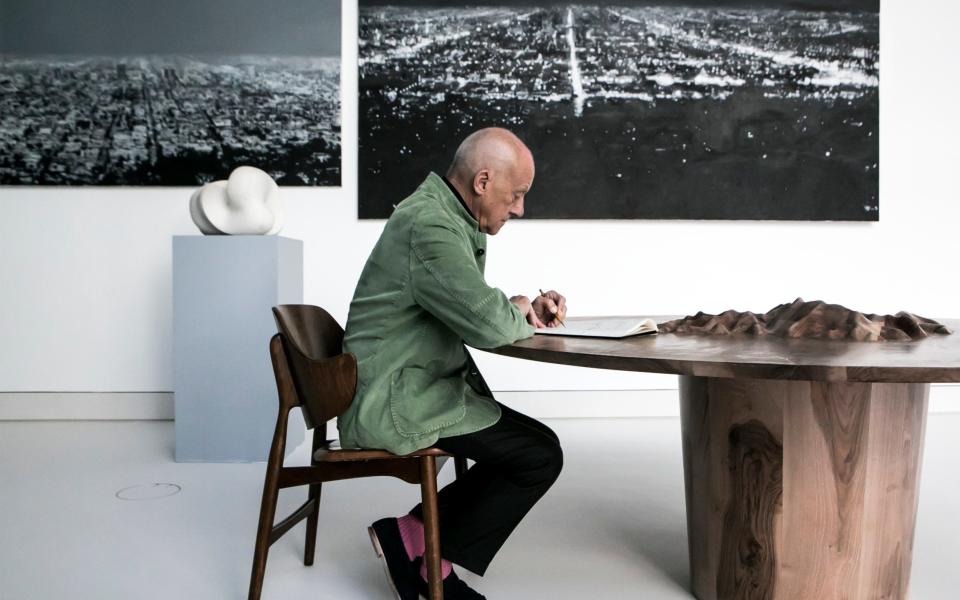

I wonder, after a career spanning six decades, which projects he remembers most. He mentions Stansted Airport and the Sainsbury Center in Norwich, a modestly sized gallery opened in 1978 designed to encourage greater visitor participation in the arts. He offers a special mention to the Reichstag.
But he opts for a largely forgotten project: an amenities center he designed for shipping company Fred Olsen & Co in London’s Millwall Docks in the late 1960s, “a small thing, long gone, swept away by Canary Wharf”.
In surviving photos it looks something like a spaceport, a retro-futuristic structure raised on stilts above the industrial gloom. “The dockers were probably the worst served workers in London,” says Foster. “They may have been the most militant, but for good reason their working conditions were appalling. It created a luxurious working lifestyle that was transformative.”
Architecture to make a city function, an attempt to improve lives, with an eye firmly on the future.
For more information visit normanfosterfoundation.org